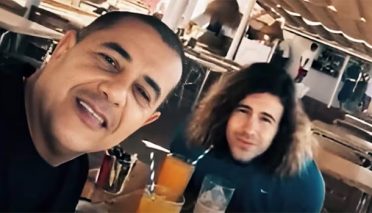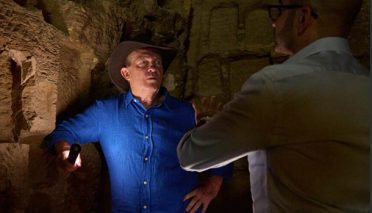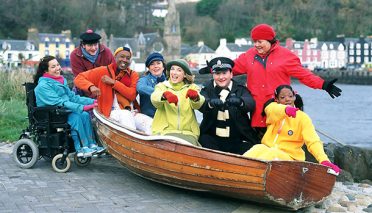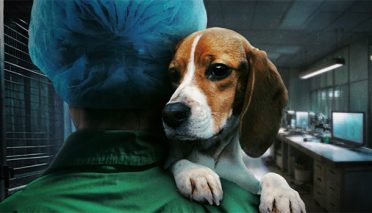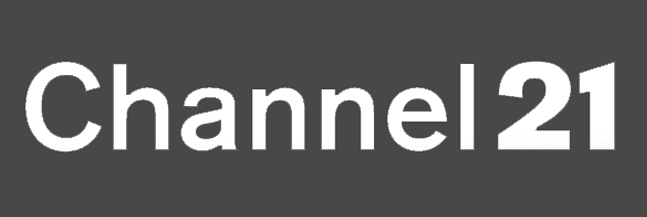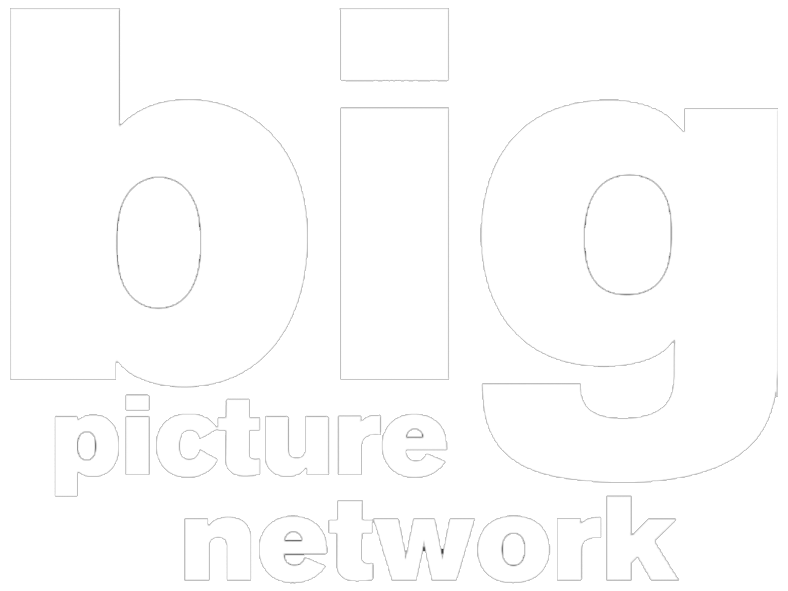With the majority of its viewers now choosing to spend their time on YouTube, Lithuanian public broadcaster LRT has decided to meet them there – but the plan is not without its challenges, says head of children’s and youth content Aistė Jūrė.
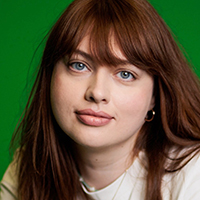
Aistė Jūrė
If you ask a public broadcaster in Europe what the biggest threat to children’s public service media currently is, they will likely say YouTube, which kids are now favouring over linear television and broadcaster-backed VoD platforms.
In an attempt to lure back viewers, some pubcasters are releasing extracts of their content on YouTube that can only be watched in full on their own platforms. But in Lithuania, LRT has a different approach.
Unlike many of its counterparts around the world, LRT has adopted a strategy through which it is now producing and acquiring content specifically for its YouTube channels, LRT Vaikai for kids aged two to 11 and LRTU for teens.
“We made a strategic decision to focus on YouTube – a third-party platform – because over 80% of our audience already spends its time there. Our goal is to be where our viewers are,” says Aistė Jūrė, LRT’s head of children’s and youth content.
Animated series for LRT’s youngest viewers remain on the broadcaster’s VoD platform LRT Epika, to give parents the flexibility to stream content for their kids when convenient, while the linear channel still airs family-friendly shows and films that provide a co-viewing opportunity.
LRT is operating the same model it always has when it comes to producing, funding and acquiring content, according to Jūrė, it’s just that the destination for its programming has changed. “We think about these YouTube channels as if they are our own channels,” the exec says.
“Our focus on YouTube as a primary channel has led us to think about formats that feel natural on this platform. We are experimenting a lot with a range of content styles, from video podcasts to shorts to new editing techniques that resonate with younger viewers.
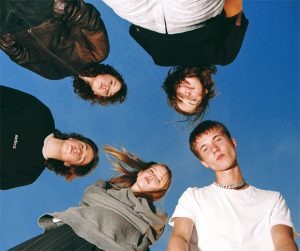
LRTU docuseries N16
“This shift has brought in fresh talent and a younger team [at LRT] who are more in touch with youth culture. We are also working directly with teens on our LRTU channel, creating shortform videos.”
Elsewhere in the social media space, LRT is testing different formats on Instagram and TikTok, including a mental health-focused live series on the latter platform.
Next year, the pubcaster plans to venture further into music and gaming content, as well as increasing its focus on providing educational content for schools.
“Music in general is popular on YouTube; we are already experimenting with that and have had great results. We are also thinking about our gaming strategy as a broadcaster,” Jūrė says, adding that LRT is interested in working with platforms like Roblox and Minecraft, and is keen to collaborate with gamers and content creators in the gaming space.
In music, one piece of content that has been “a huge success” for LRT is an educational series on LRT Vaikai, which has had two million views and features educational songs for younger children focused on social learning.
Another success is a docuseries called N16 for LRTU, which follows the real lives of a group of teenagers. Footage is provided by the teens using digital cameras and then edited into a professionally produced series. The first season won an award at the Heart of Europe International Television Festival in Warsaw and season two is currently streaming.
LRT’s kids’ news programme also represents the type of show that does well for the pubcaster, according to Jūrė. The format invites children to become young reporters and allows them to send in letters and videos. “As a national broadcaster, it’s very important to grow our news viewers,” the exec says.
Transitioning to YouTube hasn’t come without its issues though, Jūrė adds, explaining that LRT has had difficulty contacting and communicating with the platform. “We lack control over important features like geo-blocking and ad settings, and despite several attempts we haven’t had success reaching YouTube support for that,” she says.
Another challenge for LRT when targeting YouTube is how to balance “viral content with values” while promoting Lithuanian culture, along with the tight budgets public broadcasters typically face, especially in a small country with limited resources.
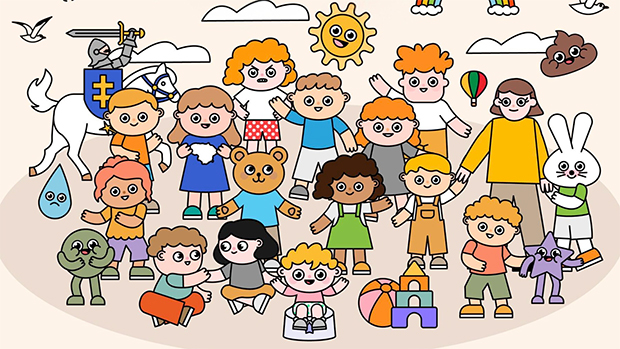
LRT Vaikai is aimed at kids aged two to 11
“Budget limitations are a significant challenge, especially as a country of just 2.9 million people, and large-scale productions are often out of reach for us,” Jūrė says. “So we rely heavily on creativity and strategic use of platforms, balancing viral appeal with our values.
“Another issue is language, because many Lithuanian children start watching English content very early and often prefer it by their teen years. So as a national broadcaster, our mission is to create engaging content in Lithuanian that helps young viewers connect to their language and culture.”
One key lesson LRT has learnt through its activities on YouTube, Jūrė says, is the importance of consistency and keeping content flowing to maintain audience engagement.
“When we started our YouTube channel, we didn’t plan content for the entire year because we were still experimenting and seeing what was working and what wasn’t. We ended up leaving a two-month gap without content and it was very painful because when we started to put content out again, the gap had disrupted our audience’s engagement,” she says.
“It taught us a valuable lesson, that if we choose to go on a platform like YouTube, we absolutely need to play by their rules of algorithms and consistency. It’s easy to lose the momentum and fall out of favour with the algorithms. We realised that and it was a good lesson that we need to stay consistent and pay attention to other content trends on these platforms.”





